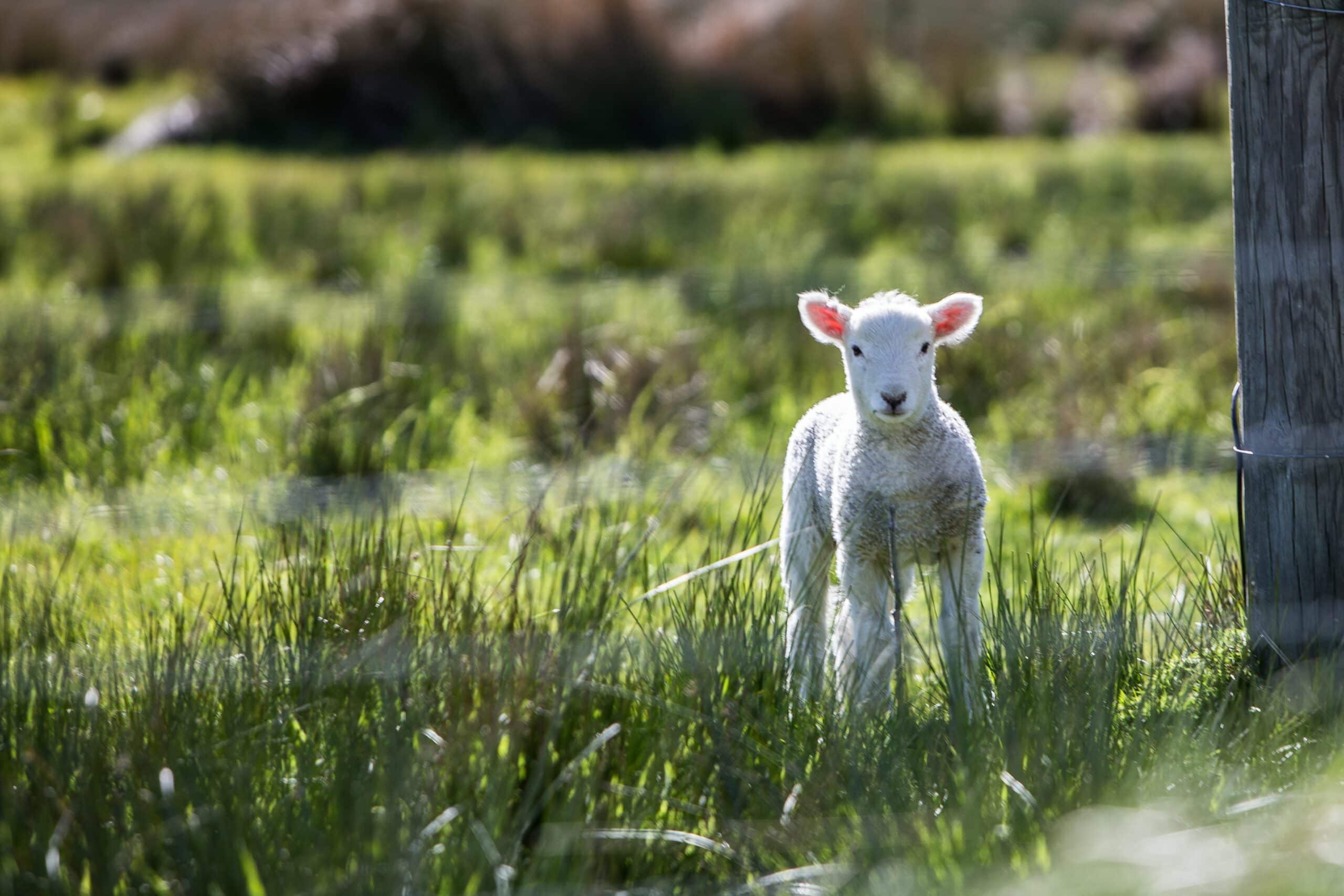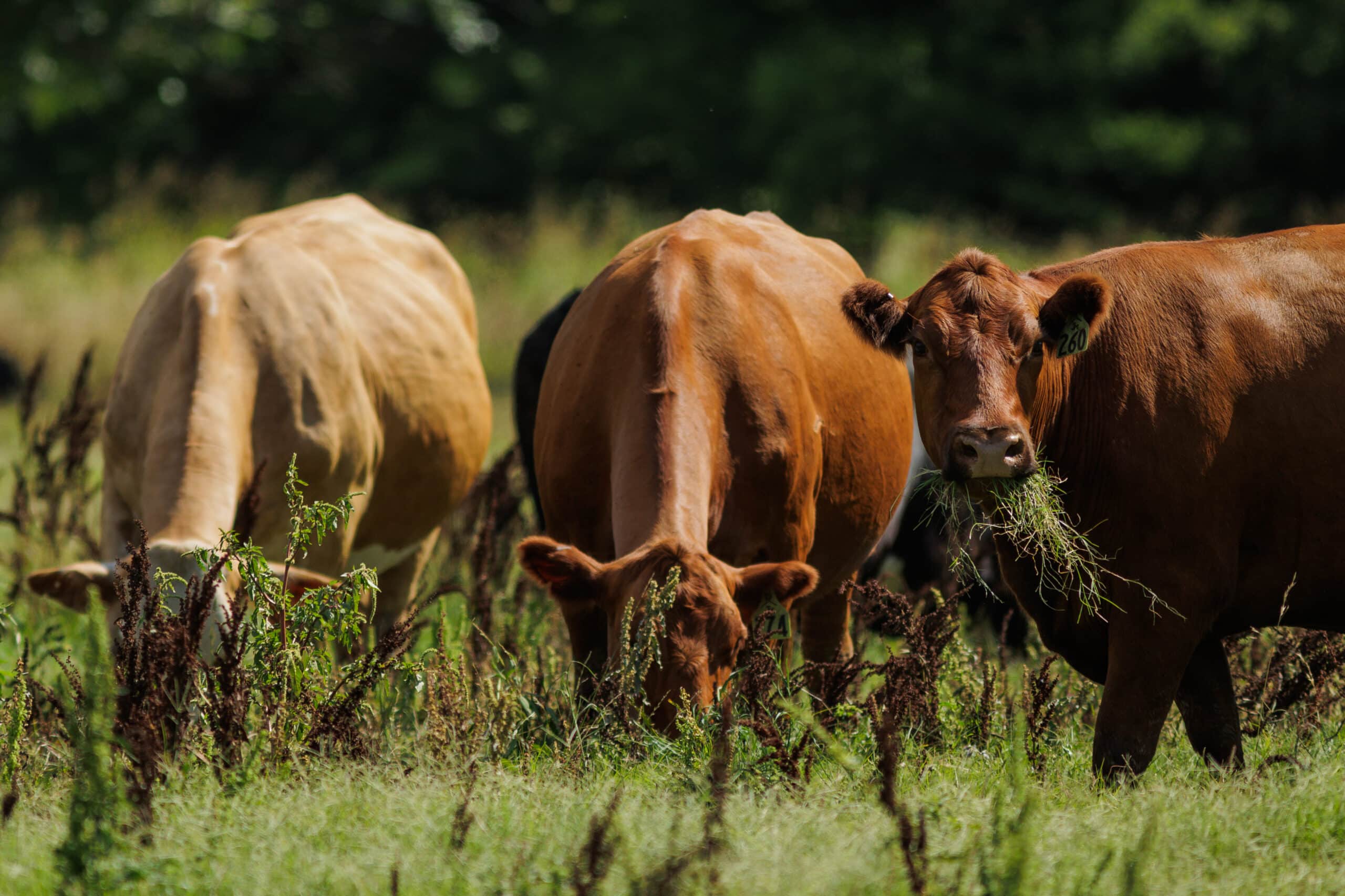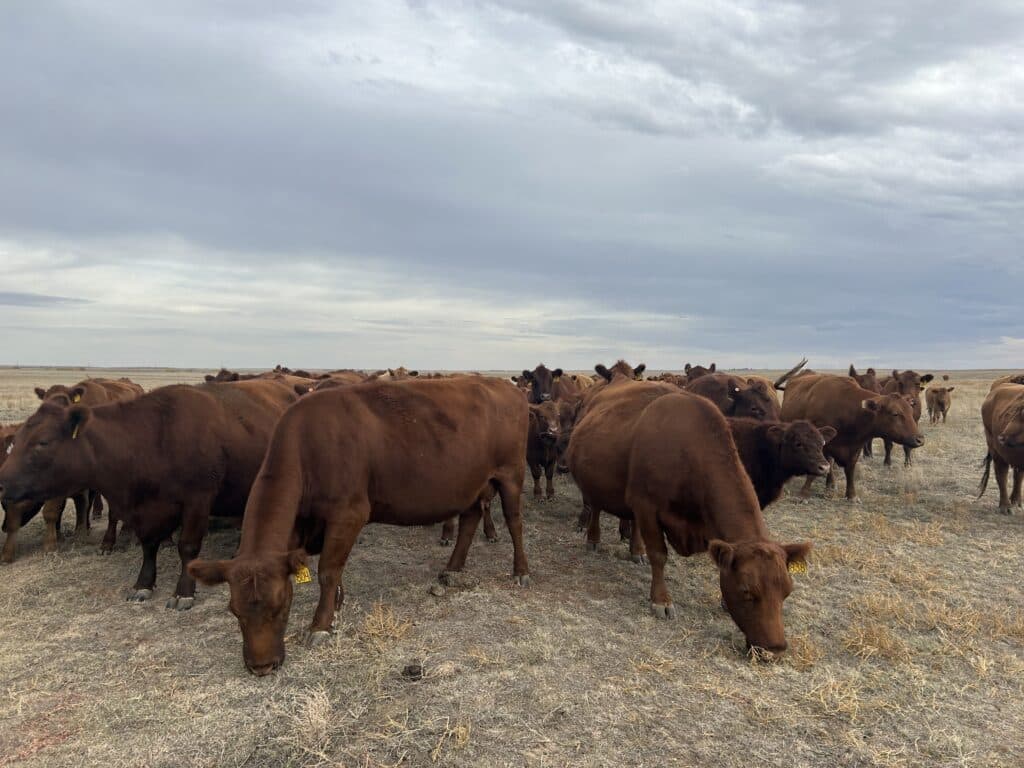Top ten tips for lambing time

Lambing can be a difficult time. More than anything, tiredness can take its toll on how you work as a team, from communication to how fast you can react to situations. However, having a plan and knowing what to do in different scenarios is key to ensuring a productive lambing season. Moreover, according to Dwyer et al (2015) and Nowak et al (2000), 50% of all pre-weaning mortality happens in the first 24 hours after birth. Therefore, prompt action can make all the difference.
We have gathered our tops tips here:
1. Have a plan and communicate it to people working at lambing time. For example, how do you want medical problems dealt with? What is your protocol for dead stock?
2. Quick is key: deal with any problems or potential problems as quickly as possible: it can be the difference between survival for lamb and ewe.
3. For outdoor lambing, have places for your livestock to shelter. Ewes prefer to lamb in a safe, sheltered space. It is also useful to help lambs adjust post-partum. Use tree trunks or pallets, for example. Some farmers use small huts or old pig pens, which is especially useful for upland or hill farms where cold winds can be problematic.
4. For indoor lambing, can you route water to feed the pens? This means you can save time on filling and managing buckets and more time on checking stock. Lactating ewes more than double their daily water intake.
5. 10% Iodine solution: use a navel dip once after birth and then a few hours later in case the ewe can licked off the iodine to prevent infection.
6. Smaller lambs have a higher chance of developing hypothermia. Have a plan to manage those that are smaller and likely to need help to raise their body temperature. Bring small outdoor lambs inside quickly and provide a heat lamp or other source of heat if required.
7. Lambs outdoors need more colostrum to keep them warm than indoor ones, so if they are struggling to suck or the ewe is not producing enough colostrum, have a feeding plan.
8. Tube feeding is associated with a higher mortality rate than those lambs that can suck on their own. However, if it is the only option, make sure that you have plenty of clean, disinfected tubes. The higher mortality rate may be due in part to infection.
9. Keep bedding clean. For stock indoors, keep the pens as clean as possible. Watery-mouth and scour are common reported problems and are linked to overstocking and (lack of) cleanliness.
10. Have a plan around pet lambs. Set up a pet lamb pen with automatic feeders, especially if you have a high number of triplets and so a higher likelihood of lambs needing to be fed separately. Or think about the process for getting singles to take on an additional lamb to reduce the burden on you with caring for pet lambs.
Why collect data during lambing time?
Collecting data for lamb operations can seem like a hassle when you are so busy, but long-term it is really beneficial and can help with welfare and productivity and so profitability.
Here are some metrics that are helpful to track:
1. Lambs per ewe – over years you can track whether a ewe tends to have singles, twins, etc. This can help you prioritise twin producers.
2. Ewe and lamb mortality rates: Aim fo less than 15% or, ideally 10% for lambs in high-performing flocks. Ewe losses should be under 3%.
3. Lambing ease: there is a correlation between ease of lambing and genetics, so breeding from lambs that birthed easily can help productivity.
Top tips on using AgriWebb at Lambing Time.
Did you know that AgriWebb has a range of tools to help make things easier at lambing time?
1. Make the app available to any lambing staff you have on-site. You can manage the ‘roles’ of any lambing staff in the account section, so nobody can accidentally move livestock off-farm.
2. Give any lambing staff the chance to get used to the software, by showing them simple tasks, such as moving livestock, feed records or observations.
3. Use the farm map to help with orientation of any lambing staff and so they have a handy, searchable guide to field names and where key structures, such as pens are located.
4. Use the task function to assign tasks and check when these are done.
5. Add birth (or mortality) records as you go where possible, or if you have written them down in a rush, transfer the information at the end of the day. It is so easy to forget and get inundated with new births otherwise.
6. Add observations to records. Did the ewe require an intervention to help her lamb? Did the offspring stand quickly on their own and suck without a problem? All these types of data can be helpful to understanding the productivity of your livestock.
Need more helping using AgriWebb during lambing?
Talk to one of our customer success team here.
Or find out more about AgriWebb’s features here.
We want to hear from you!
Don’t forget to tag us in your tweets about how you use AgriWebb or how lambing is going for you – @AgriWebb


